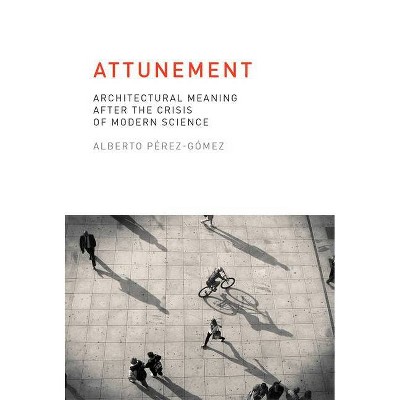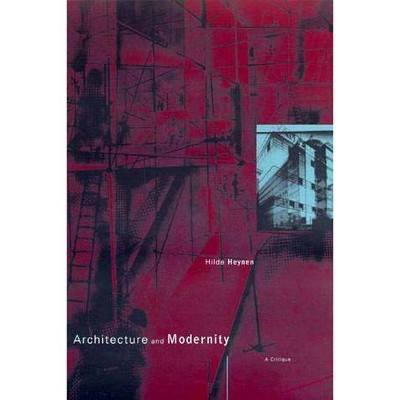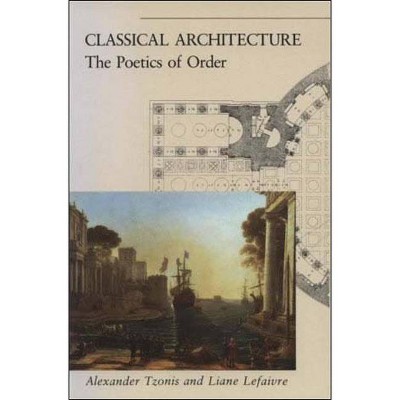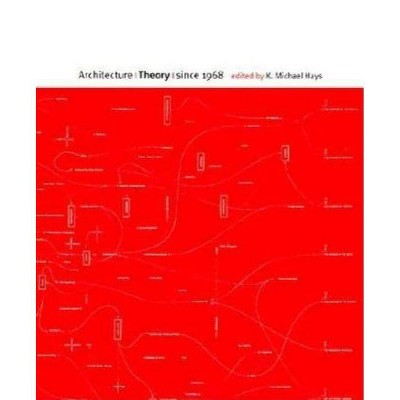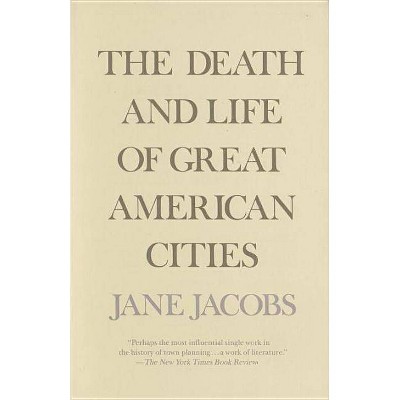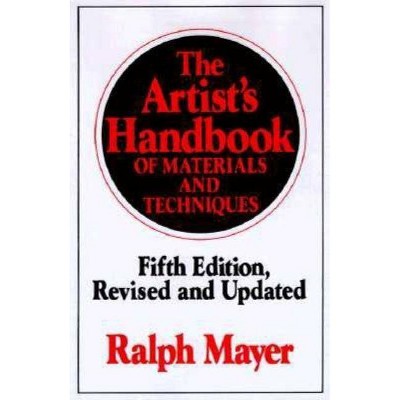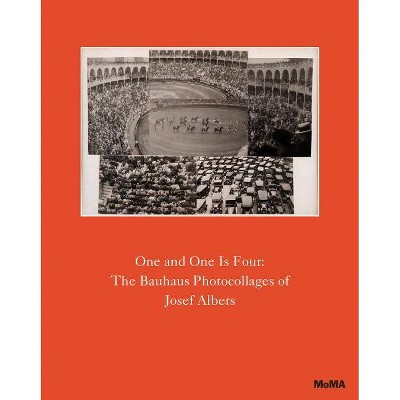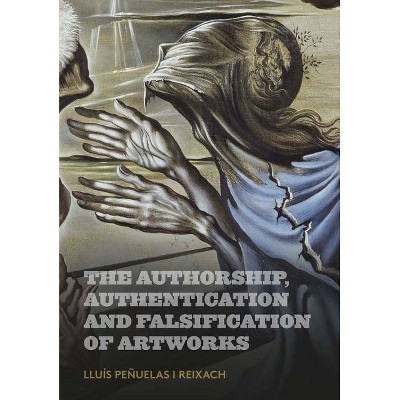Architecture and the Crisis of Modern Science - (Mit Press) by Alberto Perez-Gomez (Paperback)
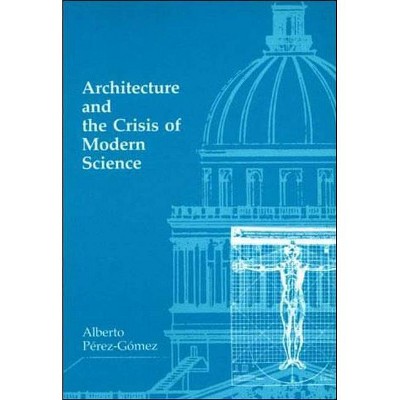
Similar Products
Products of same category from the store
AllProduct info
<p/><br></br><p><b> About the Book </b></p></br></br>This important book, which won the 1984 Alice Davis Hitchcock Award, traces the process by which the mystical and numerological grounds for the use of number and geometry in building gave way to the more functional and technical ones that prevail in architectural theory and practice today.<p/><br></br><p><b> Book Synopsis </b></p></br></br><b>This important book, which won the 1984 Alice Davis Hitchcock Award, traces the process by which the mystical and numerological grounds for the use of number and geometry in building gave way to the more functional and technical ones that prevail in architectural theory and practice today.</b><p>Between the late Renaissance and the early nineteenth century, the ancient arts of architecture were being profoundly transformed by the scientific revolution. This important book, which won the 1984 Alice Davis Hitchcock Award, traces the process by which the mystical and numerological grounds for the use of number and geometry in building gave way to the more functional and technical ones that prevail in architectural theory and practice today. Throughout, it relates the major architectural treatises of successive generations to the larger culture and the writings of philosophers, mathematicians, scientists, and engineers.</p><p>The book leads the reader through the controversy that was generated by Claude Perrault in the seventeenth century. His writings began to cast doubt on the absolute aesthetic value of the classical orders and the perfect proportions that were architecture's legacy from Pythagorean times. Thus the once immutable invisible system lost its special status forever. The book focuses in particular on eighteenth-century developments in the science of mechanics and emerging techniques in structural analysis which slowly entered the architectural treatises and found their way into practice, often by way of civil and military engineers. And by the nineteenth century, the book notes, even architectural rendering and drawing were radically changed through the introduction of new descriptive and projective geometries.</p><p>Tracing these fundamental changes in architectural intentions, Pérez-Gómez challenges many popular misconceptions about the theory and history of modern architecture. At the same time, he suggests an intangible loss, that of a culture's power to express through a building its total mathematical, mystical, and magical world-view.</p><p/><br></br><p><b> Review Quotes </b></p></br></br><br>"Geometry was demoted from its regal status as the generator of forms to being the servant of surveyors and engineers. It is a paradox that this happened as techniques of mensuration and construction, as well as geometrical speculation, intensified. Perez-Gomez has placed this paradox in its proper context, scientific and philosophical. But most important to me, he has shown how much that is done and written about architecture nowadays is a direct consequence of that demotion. This book is essential for anyone who believes that architecture must reaffirm its role as the theatre of memory and metaphor-that there is no such thing as a meaningless structure."--Joseph Rykwert<br><br>" Geometry was demoted from its regal status as the generator of forms to being the servant of surveyors and engineers. It is a paradox that this happened as techniques of mensuration and construction, as well as geometrical speculation, intensified. P& eacute; rez-G& oacute; mez has placed this paradox in its proper context, scientific and philosophical. But most important to me, he has shown how much that is done and written about architecture nowadays is a direct consequence of that demotion. This book is essential for anyone who believes that architecture must reaffirm its role as the theatre of memory and metaphor-that there is no such thing as a meaningless structure." -- Joseph Rykwert<br><br>" Geometry was demoted from its regal status as the generator of forms to being the servant of surveyors and engineers. It is a paradox that this happened as techniques of mensuration and construction, as well as geometrical speculation, intensified. Pé rez-Gó mez has placed this paradox in its proper context, scientific and philosophical. But most important to me, he has shown how much that is done and written about architecture nowadays is a direct consequence of that demotion. This book is essential for anyone who believes that architecture must reaffirm its role as the theatre of memory and metaphor-that there is no such thing as a meaningless structure." --Joseph Rykwert<br><p/><br></br><p><b> About the Author </b></p></br></br>Alberto Pérez Gómez directs the History and Theory of Architecture Program at McGill University, where he is Saidye Rosner Bronfman Professor of the History of Architecture. He is the author of <i>Architecture and the Crisis of Modern Science</i>, <i>Built upon Love: Architectural Longing after Ethics and Aesthetic</i>s (both published by the MIT Press), and other books.
Price History
Price Archive shows prices from various stores, lets you see history and find the cheapest. There is no actual sale on the website. For all support, inquiry and suggestion messages communication@pricearchive.us
